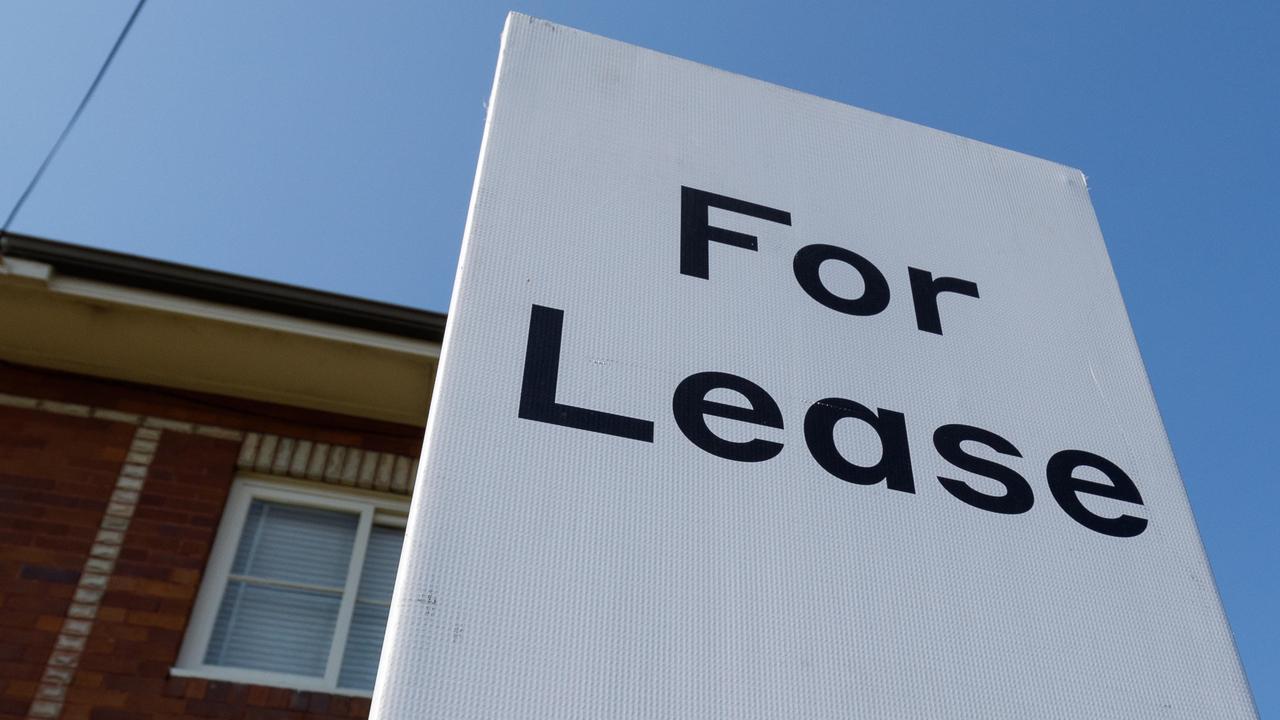Housing affordability: How the major parties plan to tackle the crisis
IT’S the crisis affecting millions of Australians that could tip the result of this weekend’s election. Here’s how the major parties plan to fix it.
IT’S the number one issue on many Australians’ minds as they head to the ballot box on Saturday.
Housing affordability has been the thorn in the side of both major parties throughout the nation’s longest ever election campaign.
Neither has been able to produce a magic solution to the housing affordability crisis, and there’s been furious debate over whether scaling back negative gearing will help or hinder those who are desperate to break into the housing market.
But both Prime Minister Malcolm Turnbull and Opposition Leader Bill Shorten insist that their party has the right approach. You be the judge.
THE PROBLEM
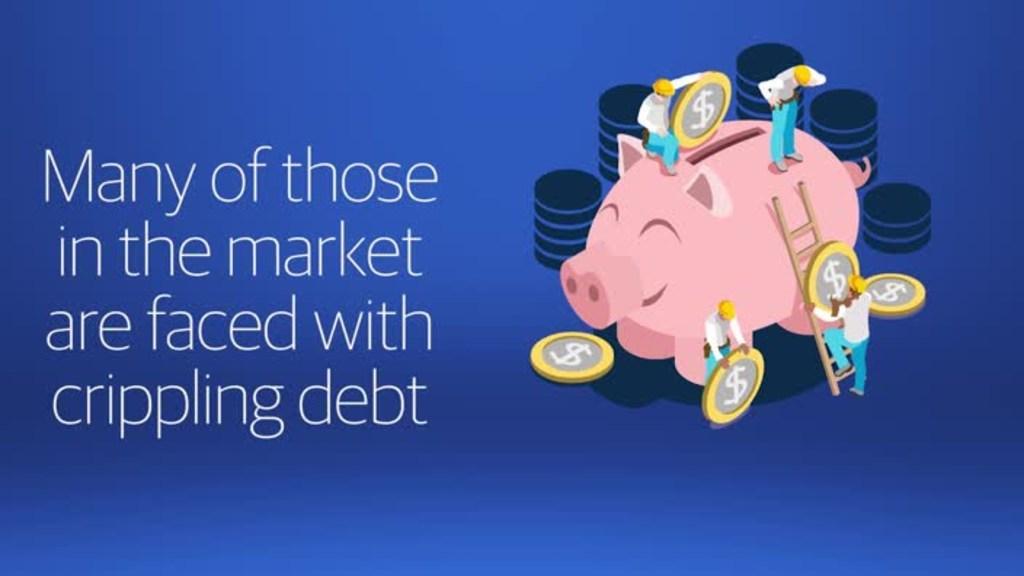
There’s no question that housing has become unaffordable for many Australians. It is the second most important issue flagged in the National Values Assessment 2016 — and the Number One for women — and a key focus for submissions in the My Big Idea campaign for a better Austalia: submit your own and vote on others here.
As the housing boom has pushed prices to record highs, income has stayed relatively stagnant, creating the situation where the cost of the average house is 4.3 times household income.
Many would-be first home buyers have found themselves priced out of the market, particularly in Sydney and Melbourne, where median prices are close to the $1 million mark and deposits run into six figures.
Meanwhile, even renting has become a challenge, with students and young families battling over properties in the capital cities, while homelessness is on the rise.
The pressure is on for our political leaders to take decisive action to address the affordability crisis.
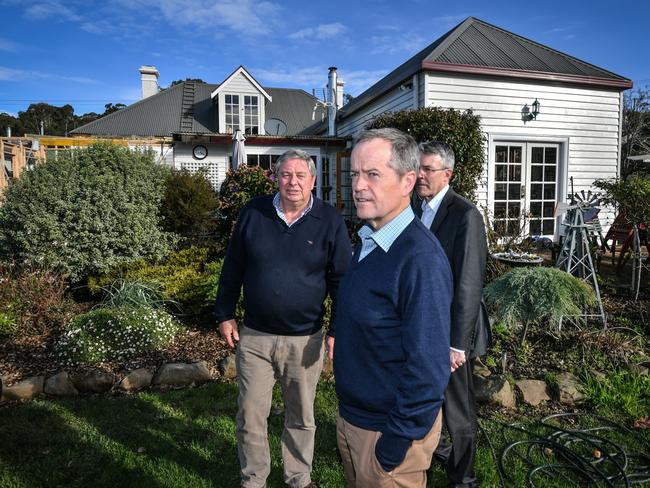
LABOR’S SOLUTION
If elected, Opposition Leader Bill Shorten will restrict negative gearing to new homes from July 2017 and to halve Capital Gains Tax discount on new investment properties to 25 per cent.
Negative gearing is a form of financial leveraging that’s available when the gross income you earn from an investment property is less than the cost of owning and managing the property. Those losses are then tax-deductible against other taxable personal income.
Mr Shorten believes his negative gearing plan will have a calming effect on the market, slowing down the growth of house prices.
The policy aims to end the tax breaks on investment properties that have been blamed for ballooning house prices.
It’s been welcomed by the lobby group First Home Buyers Australia and the Reserve Bank of Australia has expressed a degree of support for the idea.
“I can guarantee that our measures will give a better chance than currently exists for first home buyers to enter the housing market,” Mr Shorten has said.
“My party is giving first home buyers a chance to compete on a more level playing field ... The dream of Australians is not the right to claim a tax deduction, the dream of Australia is making sure your kids can grow up and buy their own home.”
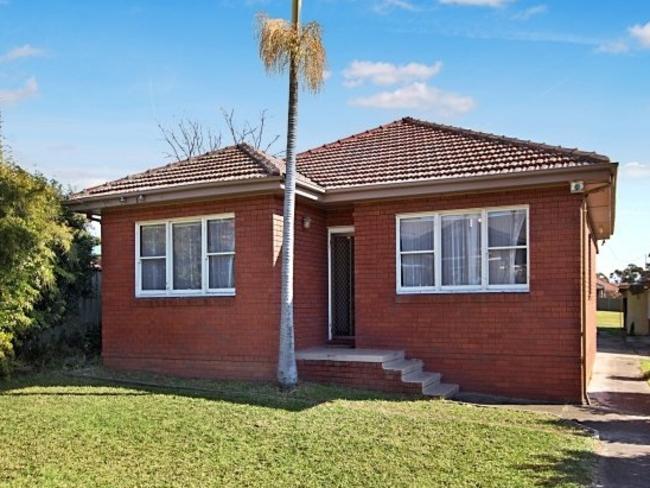
A HOUSING ‘ARMAGEDDON’?
The real estate industry has come out swinging against Labor’s policy, dubbing it an “economy killer” that will push up rents and damage the construction industry, which employs more than one million Australians.
“Negative gearing is actually part of the Australian dream,’’ Real Estate Institute of NSW president John Cunningham has said.
“It’s a way in which some first home buyers actually get into the market. (Restricting negative gearing) would push rents up because there will be less investment properties for people to rent.”
Aussie Home Loans founder John Symonds said getting rid of negative gearing was “very dangerous”, “stupid”, and could spell “Armageddon” for the housing industry, predicting that prices would plummet by “10 or 20 per cent overnight”.
But last time negative gearing was tampered with, when it was effectively axed for future rental property investors between 1985 and 1987, the sky didn’t fall in.
While rents did increase in Sydney and Perth, where existing undersupply was at play, they remained flat in Melbourne and actually fell in Adelaide and Brisbane.
THE COALITION APPROACH
Before even firing the starting gun on the 55-day campaign, Mr Turnbull made his first faux pas in the housing debate during a photo opportunity with a “typical Australian family”.
Plumber Julian Mignacca and his social worker wife Kim, of Sydney’s Penshurst, were to be the poster family for negative gearing: hard working Australians who had invested in order to get ahead.
But the approach backfired when Mr Turnbull opened his mouth to explain that Mr Mignacca had bought his Cronulla investment property “in order to buy a place for his little daughter Adison who we just met who is nearly one”.
Cue outrage from the young adults who can’t see themselves being able to buy a home in the foreseeable future. Those on social media labelled the PM “embarrassing” and “out of touch”.
Soon after, he was lambasted for joking that wealthy parents should “shell out” for their children’s home deposits during an interview with radio host Jon Faine.
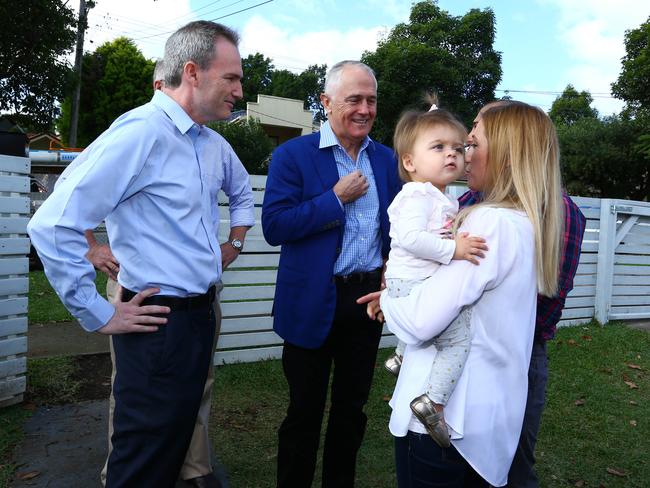
But what policies does the Liberal Party have for addressing housing affordability?
The government has taken somewhat of a piecemeal approach, focusing on increasing supply through land releases and boosting roads and rail. It has ruled out negative gearing changes, echoing the real estate industry’s argument that it says will hurt mum-and-dad investors and push up rents.
The government has pledged to work with state and local governments to get more land released to developers, with the intention that as more properties are built, price growth will slow.
And the Coalition’s Smart Cities Plan aims to create 30-minute cities where Australians live, work and socialise, through better roads and public transport.
Mr Turnbull seized on a number of infrastructure announcements to defend his position. While announcing a major road upgrade in Sydney’s southwest last month, he outlined his plan to address housing affordability in the area, saying the $50 million upgrade of a notorious black spot in Campbelltown would “unlock” 35,000 new home, arguing that boosting infrastructure would result in an “increase in housing supply”.
“Now this is how you address housing affordability,” Mr Turnbull said. “Housing affordability is the result of there being insufficient supply of housing. You need to have more supply of housing.”
He returned to strategy during a press conference in Adelaide to announce a $43 million rail link connecting Flinders University campus to the city’s metro rail network, saying it would enable the university and the private sector to build more housing and to improve supply.
During the televised leaders’ debate held at the Windsor RSL last month, Mr Turnbull said that, of the tens of thousands of western Sydney renters living nearby, “every single one of them will see their rent increased if Bill becomes Prime Minister”.
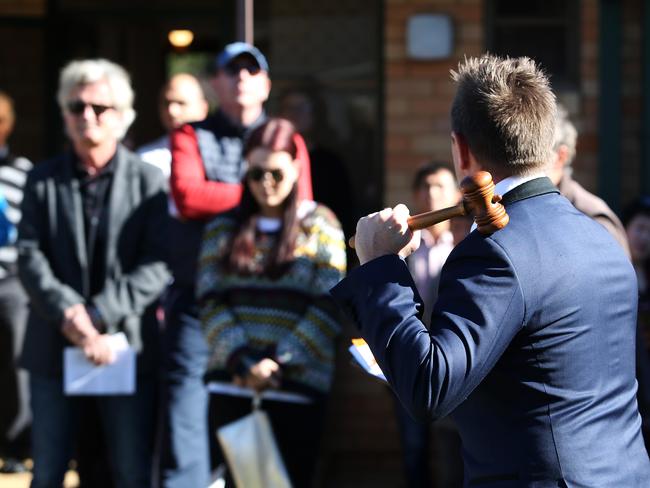
FIRST HOME BUYERS STUMPED
The peak body for aspiring property owners, the First Home Buyers Association, has lambasted the Coalition for sticking to its argument that increasing supply will fix the housing affordability problem.
“This, we all know, is easier said than done, especially in the near future,” the FHBA said.
“We are concerned about the time it will take to ‘work with state and local governments to fast track the supply of land and new housing’.
“If the Coalition really cared about the issue they would have acted on this in the last few years of being in government, instead of just talking about it.”
The FHBA said first homebuyer grants were not helping young people achieve the Australian dream, because they are restricted to new and off-the-plan developments that are increasingly being targeted at wealthy investors.
It called for the return of the First Home Savers Account program, to help young people to save their first deposit.
Prior to July 2015, the government made a 17 per cent contribution on the first $6000 first home savers deposited each financial year, with interest taxed the concessional rate of 15 per cent up to a $90,000 savings cap.
Neither major party has proposed reintroducing the scheme.


